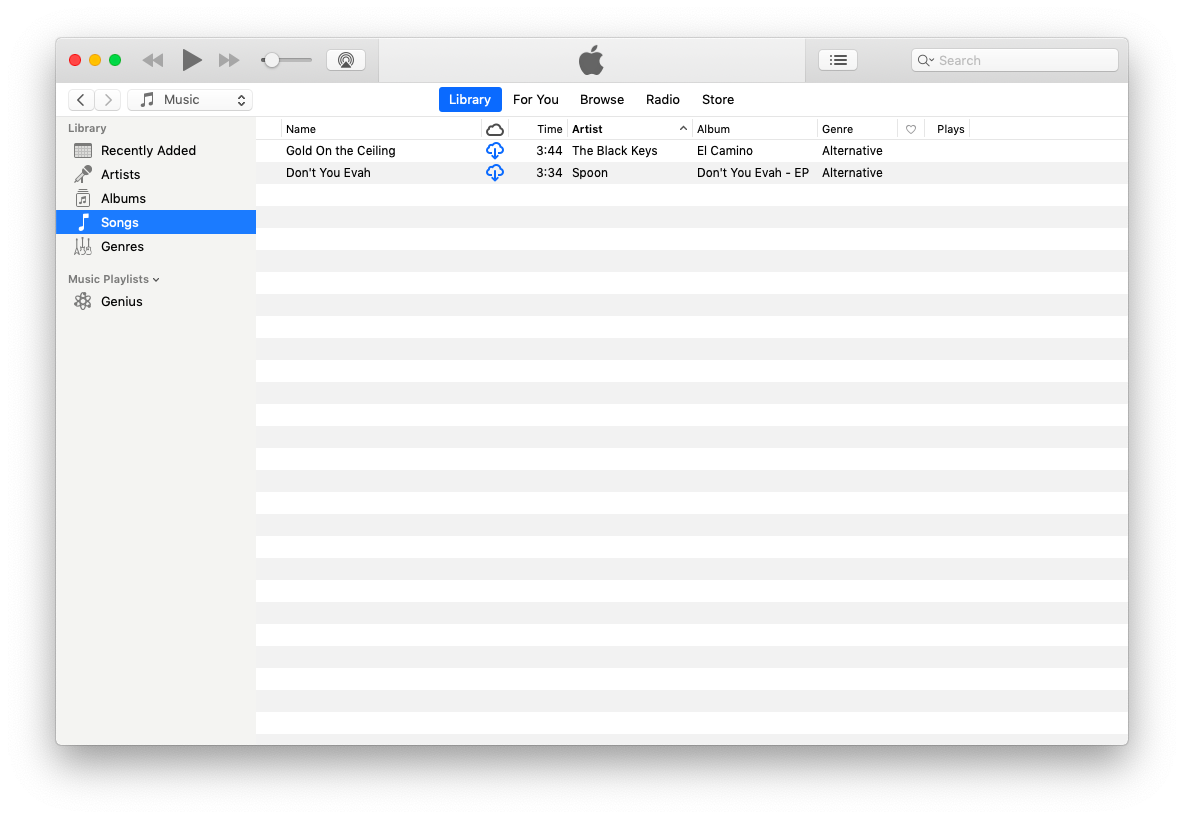Cloud Tracks Mac OS
Before proceeding, make sure that you have an updated version of OS X and have enough space on the cloud. You can check it from its official website right here as well. To learn how to backup Mac to iCloud, follow these simple steps. Casino no deposit required. Step 1 To start with, go to the System Preferences on your Mac.
Bruce Beck wrote in with a question that at first had me scratching my head, and then nodding with understanding. He wonders about duplication of storage between iCloud and his local drive:
- Verity Confidential Cloud Agent for Mac Installation Guide Agent Version 1.6 - 1.7, 2.3, 2.5 September 3, 2020 (Updated April 9, 2021).
- GIFs, screen recordings, screenshots, annotations, and quick file sharing with CloudApp for Mac. Download it now and get started for free.
I’m paying for 200GB of iCloud storage, but I am showing 36.43GB of photos in Photos for OS X residing on my hard drive. If I open [Photos on the drive], it opens my iCloud photos that I thought were only in the cloud. I could use 36GB of hard drive space. Why is this happening and what can I do?
The reason I was confused is that I’ve spent so much time writing about and testing this stuff that I forget it doesn’t always make sense to folks who just use the technology. Rock, paper, geometry! mac os.
There are, broadly speaking, two kinds of cloud-based storage that interact with the desktop: The currently most popular is synchronization, where you have a local copy of files that are also stored elsewhere, such as other computers, and managed through a centralized cloud service that also keeps a copy. That’s how Dropbox works.
But the other kind is remote storage, where all the files are on cloud servers, but you mount a local drive or use another interface to gain access to Internet-stored files. While they may be downloaded and cached locally on demand, they aren’t persistent locally. Make changes, and they’re replicated back to the cloud, but the local cached version can be dumped at will by the software without losing the up-to-date copy in the cloud.
The latter kind of cloud-based/local-cached access was oddly more typical when we had less bandwidth—it required less data transfer overall. I recall using various services to mount remote volumes in the Finder, including mounting iDisk with the old MobileMe service.

Mac In The Cloud Free
You can still access this sort of feature through fileserver access programs like Transmit. I can put an Amazon S3 volume or an FTP server share on my desktop, and all the file interaction happens seamlessly (with whatever broadband lag slowing it down) between Transmit and the remote server.
Xtra reward slots. This gets confusing with iCloud, prompting Bruce’s question because Apple employs caching and downloads with iTunes Match (which relies on iCloud) and iCloud Photo Library. The “truth”—the definitive version—of your library is in iCloud: All the songs managed under iTunes Match and the full-resolution versions of all synced photos are found there.
/article-new/2017/10/mycloudhomemacapp2-800x453.jpg?lossy)
However, iTunes Match doesn’t sync music by default to every copy of iTunes in OS X that’s logged into the same iCloud account. It lets you stream or download iTunes Match songs as you wish, reducing the storage requirements on any given Mac. And you can even delete all your matched music from iTunes and it still shows as available with an iCloud icon next to the track! (This is how you can drop tracks you ripped from CDs you own and replace them with high-quality iTunes versions, too.)
iCloud Photo Library offers the choice (in Photos > Preferences > iCloud) between Download Originals to This Mac and Optimize Mac Storage. If you choose Download, it both keeps all media that you import or upload via that copy of Photos at the resolution you’ve brought it in, and downloads full-resolution versions of all media that’s synced on other Macs and via iOS devices.
Mac In Cloud
With that option, a more or less identical amount of storage is consumed on your local drive as in iCloud Photo Library. If you would prefer to keep iCloud as the truth, and reduce local, check Optimize Mac Storage, and Photos will dump full-resolution images as needed to reduce the pressure on storage. I wrote a Mac 911 column in August that explains more of the pitfalls and concerns of having iCloud be your sole truth, however.
Mac Os Cloud Hosting
Ask Mac 911
Cloud Tracks Mac Os Download
We’re always looking for problems to solve! Email yours to mac911@macworld.com including screen captures as appropriate. Mac 911 cannot reply to email with troubleshooting advice nor can we publish answers to every question.